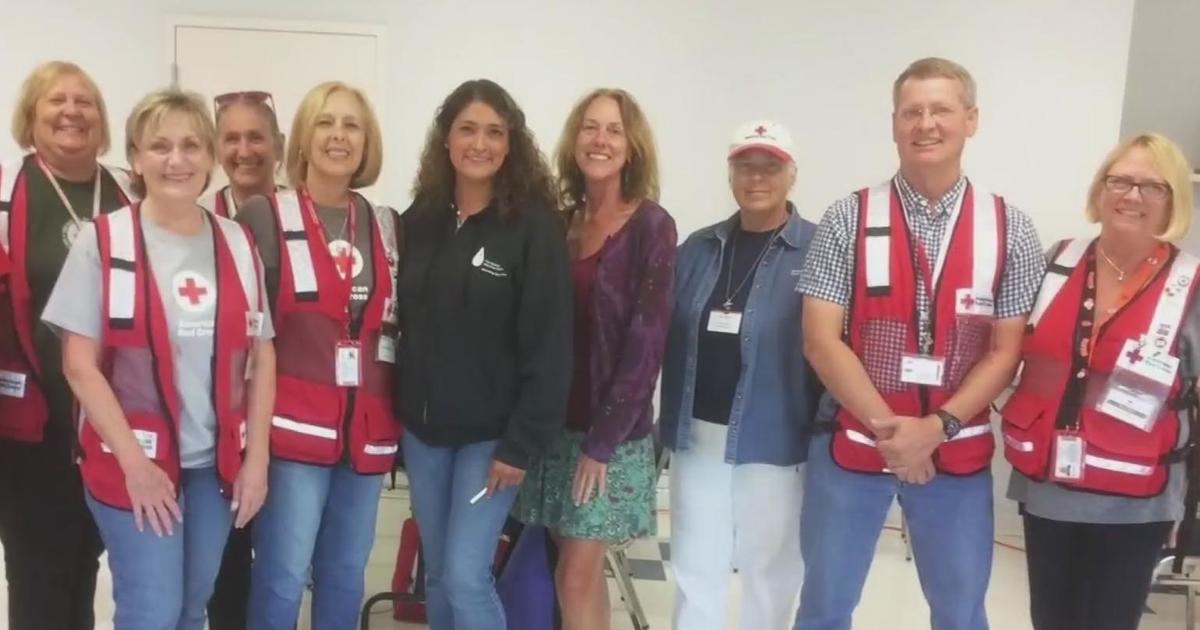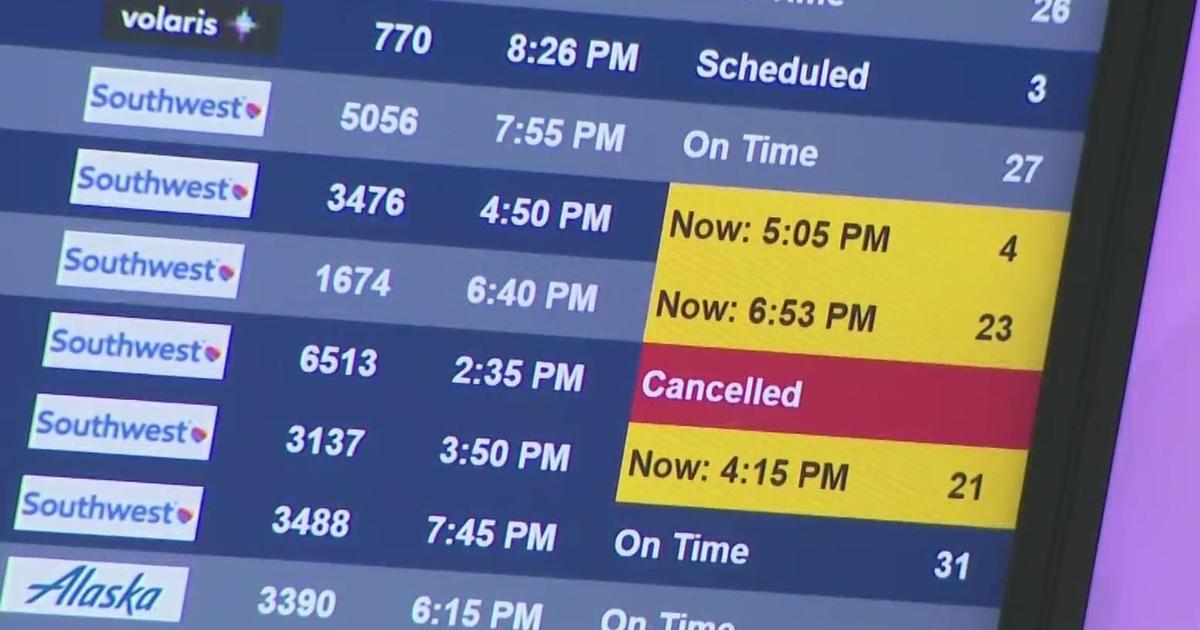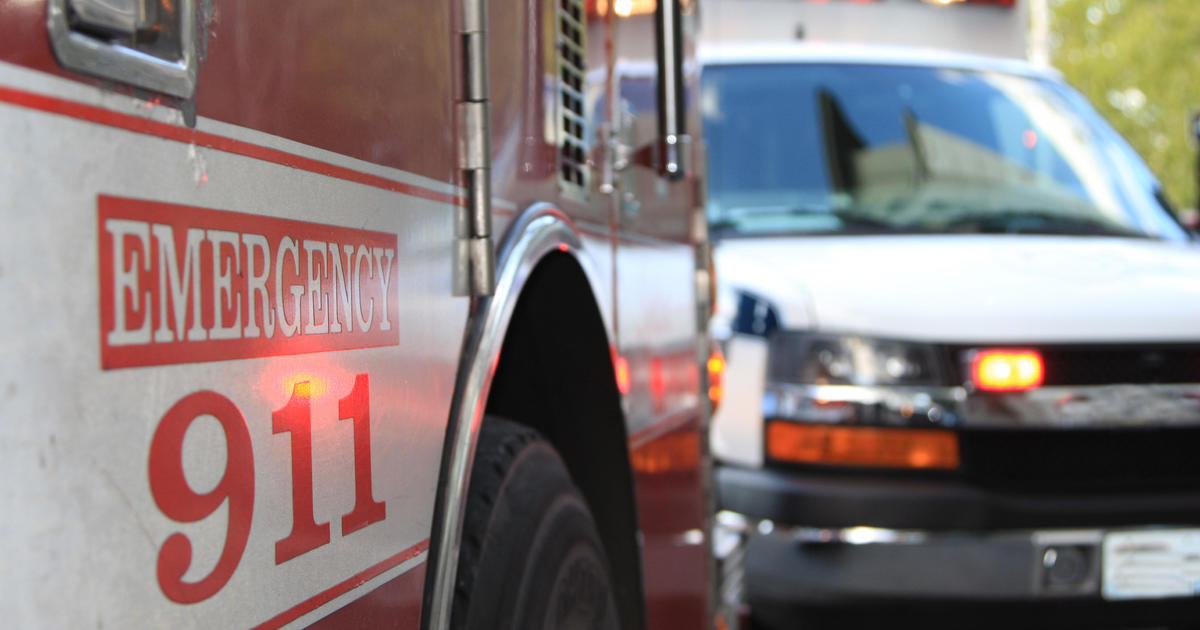High pressure dome begins turning up the heat across the Bay Area
SAN FRANCISCO - A dome of high pressure began settling over the San Francisco Bay Area Wednesday, turning up the heat to sweltering triple digit temperatures through the Labor Day weekend.
The National Weather Service has issued an excessive heat watch for the region, beginning on Saturday morning through Tuesday evening.
"This (the forecast) suggests both hot daytime temperatures and problems cooling the thermal belts overnight," the weather service warned. "So we are entering into a period of dangerous heat beginning on Thursday for the Central Coast and expanding to the remainder of the Bay Area this weekend."
The blanket of oppressive heat will not be limited to just Northern California. An excessive heat watch went into effect on Wednesday morning through the weekend for a widespread region from San Luis Obispo to San Diego.
"High pressure will persist over the area creating a prolonged period of very hot conditions with minimal coastal clouds," the weather service said. "Triple digit heat is expected for many valley and mountain locations through early next week including coastal areas during the Sunday and Labor Day peak. "
KPIX 5 First Alert Weather: Current Conditions, Forecasts, Alerts For Your Area
The Alameda County Office of Emergency Services also posted about the excessive heat watch and heat warning impacting the region. The excessive heat warning will be in effect for eastern Alameda County, while the remainder of Alameda County will be under an excessive heat watch starting Thursday, September 1, through Tuesday, September 6.
So as millions of Californians turn up the air conditioning, the state's electrical grid will be challenged to keep up with the demand.
The California Independent System Operator said in a statement that it was taking measures to bring all available energy resources online, including issuing an order restricting maintenance from noon to 10 p.m. daily through Sept. 6.
The peak load for electricity demand in California is projected to exceed 48,000 megawatts on Monday, the highest of the year, the grid operator said.
Calls for voluntary conservation, known as Flex Alerts, urge consumers to reduce use of electricity from 4 p.m. to 9 p.m., when there is most stress on the grid and solar energy production is declining.
"The power grid operator expects to call on Californians for voluntary energy conservation via Flex alerts over the long weekend," the statement said.
The primary ways to reduce household energy use are to raise thermostat temperatures, avoid using major appliances and electric car chargers, and turning off lights.
"If weather or grid conditions worsen, the ISO may issue a series of emergency notifications to access additional resources and prepare market participants and the public for potential energy shortages and the need to conserve," Cal ISO said.
It was high temperatures that caused rolling blackouts two years ago, and regulators have warned that heat could stress the system again.
The grid operators weren't the only ones on alert. The heat wave and low humidity levels will also lead to worsening wildfire conditions in hills, forests and fields already bone-dry from months of drought.
"After several days of strong heat, conditions will be much drier which may introduce some level of fire weather risk," the weather service said. "Drier fuels make for easier fire starts related to human activity."
At Shannon Fire Station in Los Gatos, fire crews are getting ready for a busy and hot holiday weekend. In our severe drought, they know just one spark can ignite a wildfire.
That's why they will have additional staffing with an extra fire engine up in the very dry hills throughout the Labor Day weekend.
"I think the best word I can think of is 'anxious,'" said Santa Clara County Fire Department spokesman Justin Stockman. "We've had year after year of just devastating wildfire up and down California, and I think a lot of us have adjusted to that reality."
Craig Clements, Director of Wildfire Interdisciplinary Research Center at San Jose State University, leads research on fire weather, extreme fire behavior, fire-atmosphere interactions, and conducting wildland fire field experiments. He said so far, we've been lucky this wildfire season.
But of course, we're not done yet. While soil moisture content has been average for this time of year, he says extremely hot temperatures this weekend will make our fire danger much worse.
"I think this heat wave will play a big role in increasing our fire danger," said Clements.



